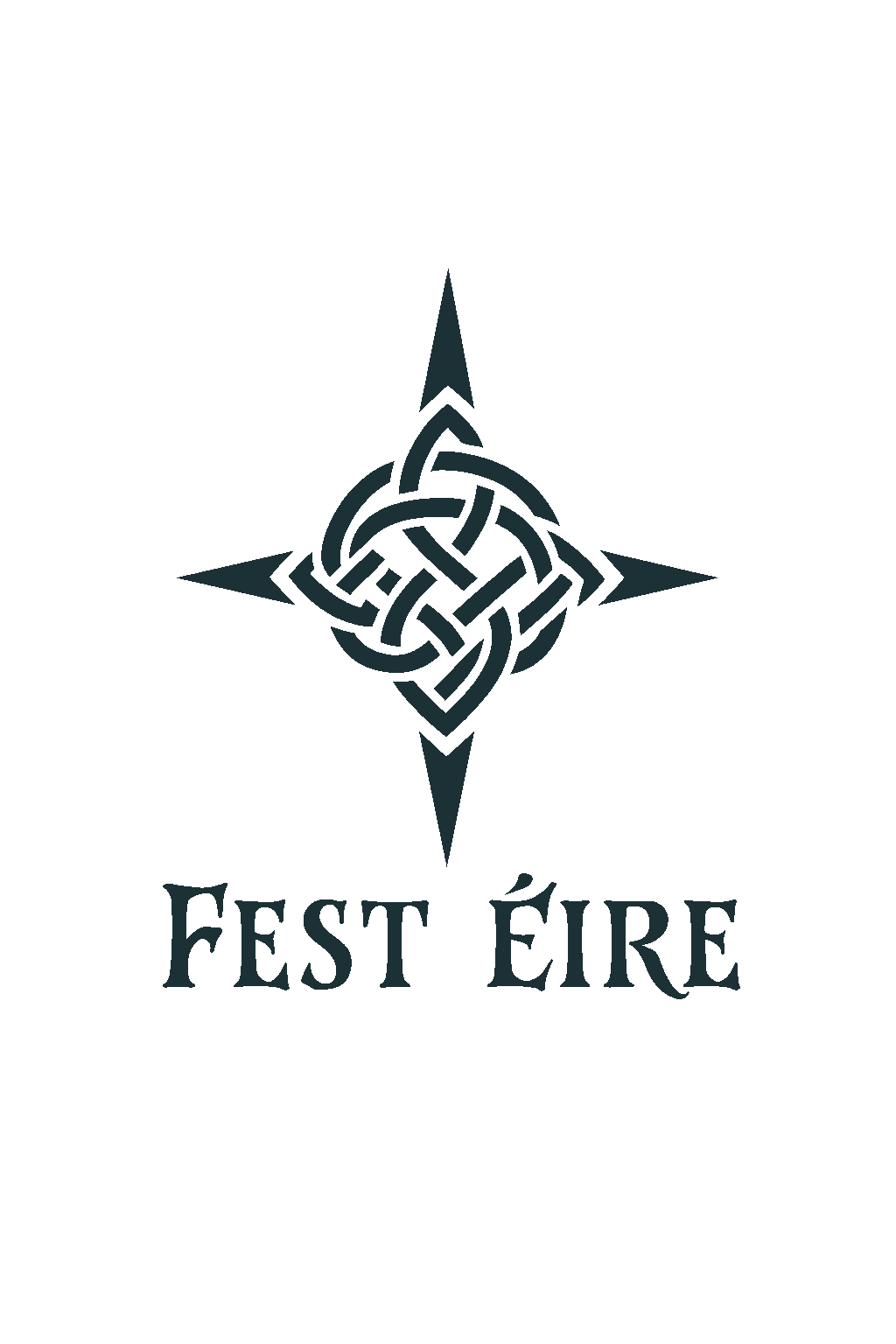Lughnasadh
Ireland's Ancient Harvest Festival
Lughnasa is traditionally held on August 1st to celebrate the beginning of the harvest.
Occurring midway between the summer solstice and the autumn equinox, it honours the many aspects of the God Lugh, who is associated not only with the sun and light but also with artistry, warfare, law, and leadership.
Lugh’s name was once thought to stem from a root meaning “to shine”. However, contemporary interpretations suggest his name may actually relate to vows or oaths, highlighting his connection to justice, truth, and kingship.
Lugh was not only a bringer of light but also a divine guarantor of integrity and order.
Lugh initiated the festival in memory of his foster mother, Tailtiu, who perished from exhaustion after clearing land for agriculture.
Symbolizing the land itself, her death represented the sacrifice needed for life to flourish.
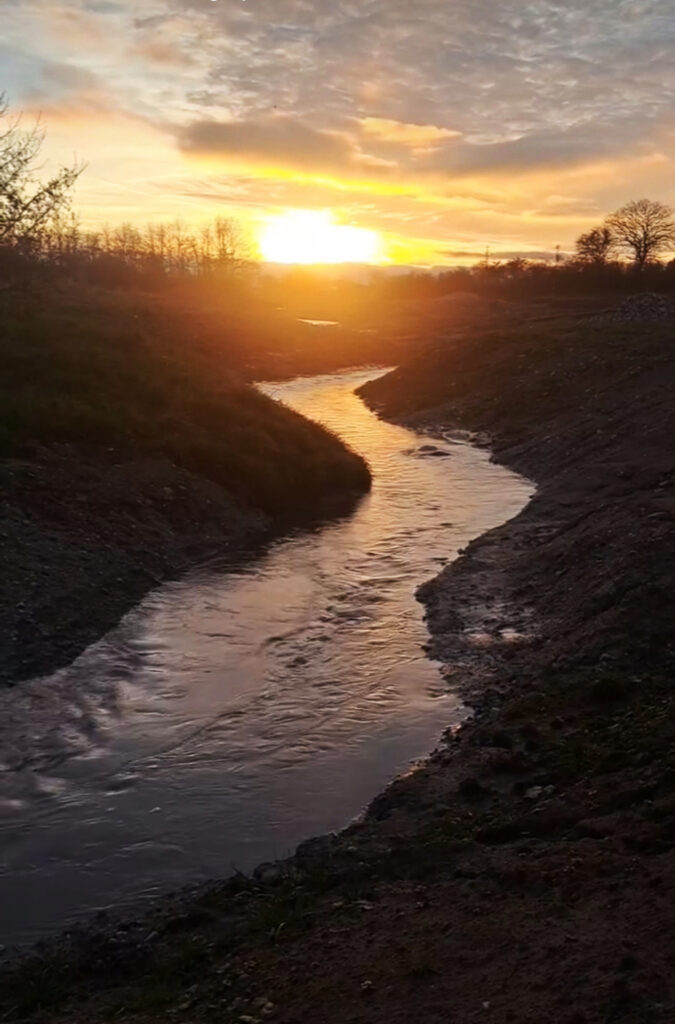
from myth to memory, from ritual to revival
The burial site of Tailtiu is traditionally located in Teltown, County Meath.
While her story is mythological, archaeological findings support the idea that the region was ritually significant with ancient burial mounds and earthworks dating to the Iron Age.
In the honor of Tailtiu, Lugh established ceremonial games ‘the Áenach Tailteann’, featuring both mourning rituals and athletic competitions.

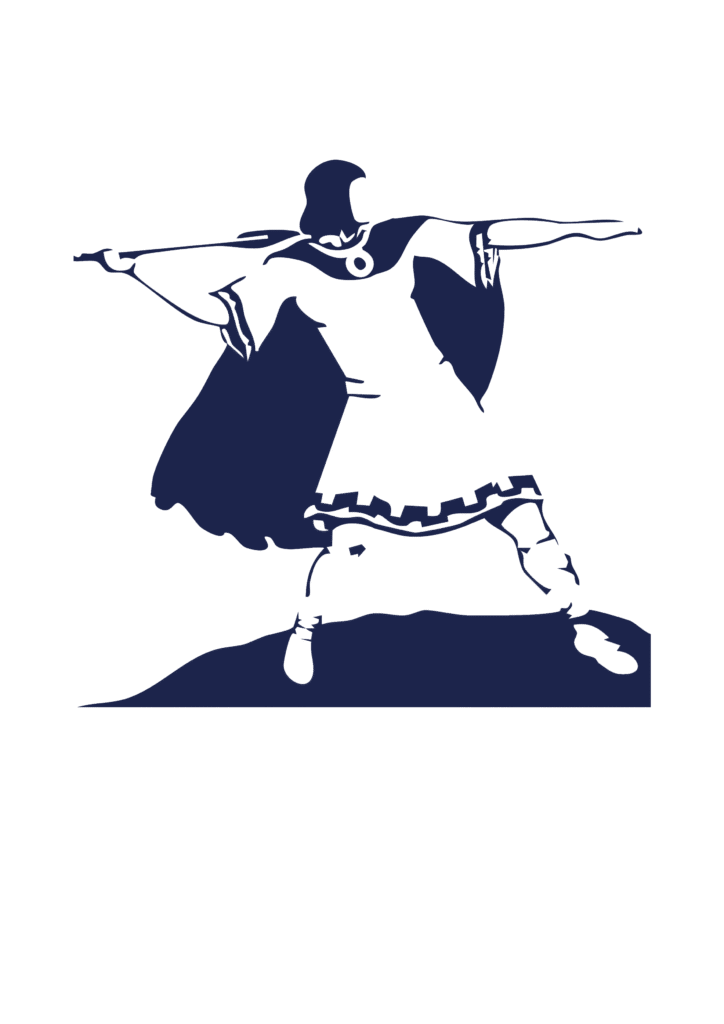
Resources claim that Tailteann Games began as far back as 1600 BCE. Bronze Age rock art found in the area suggests that ceremonial gatherings were held there long before written history.
The Games were discontinued after the 12th century Norman invasion, but a modern revival emerged in the 1920’s following Irish independence.
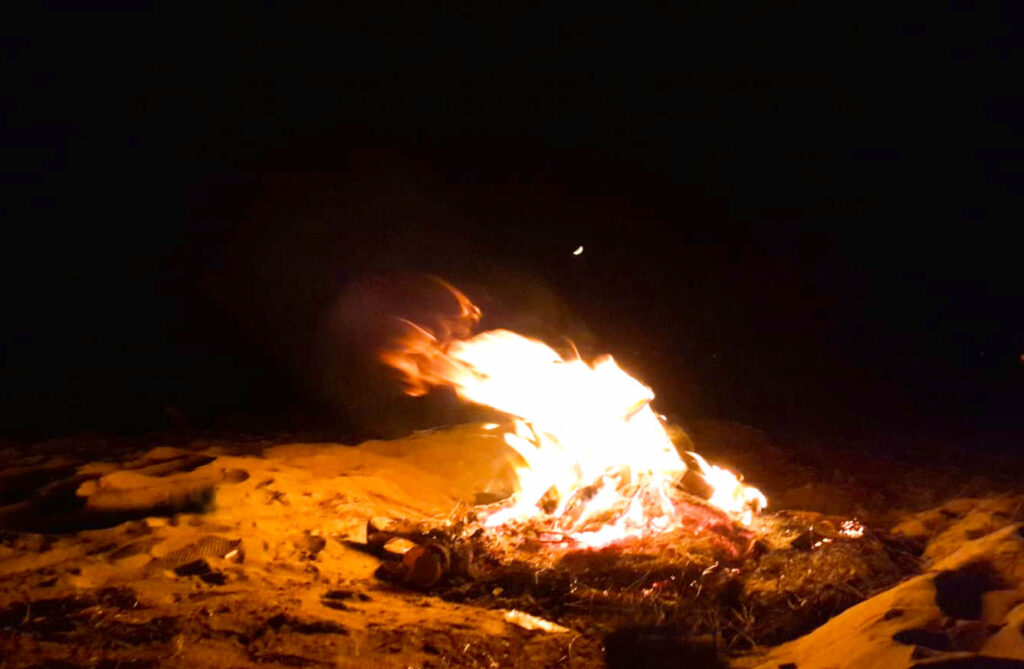
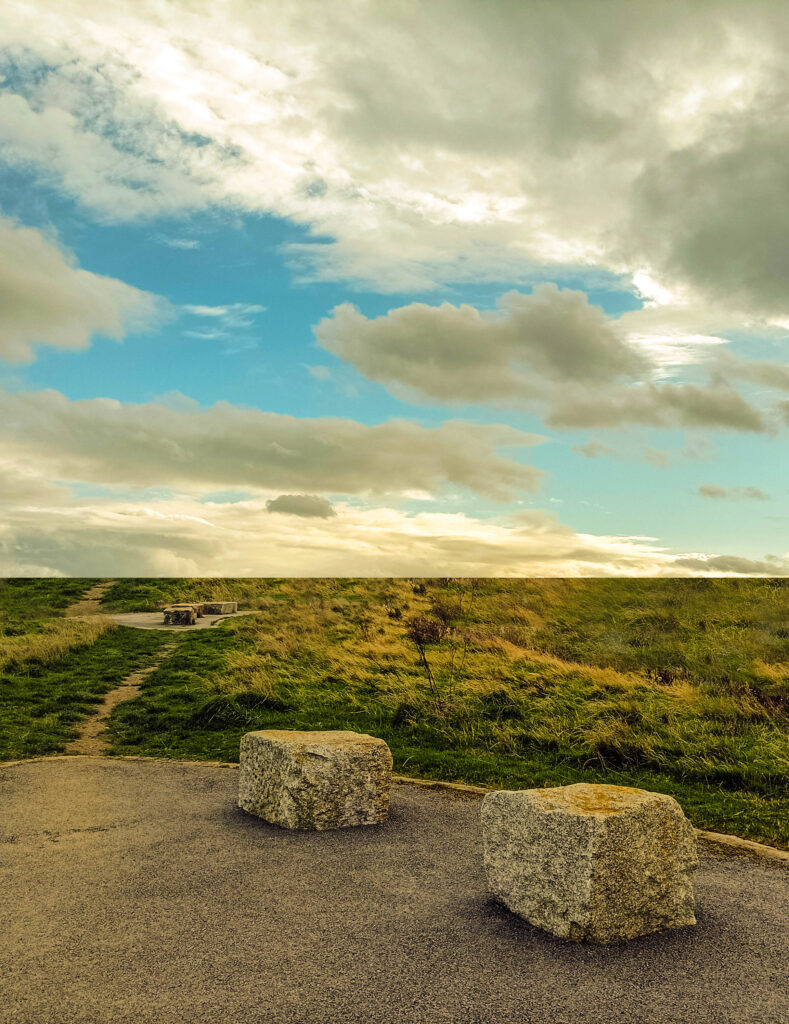
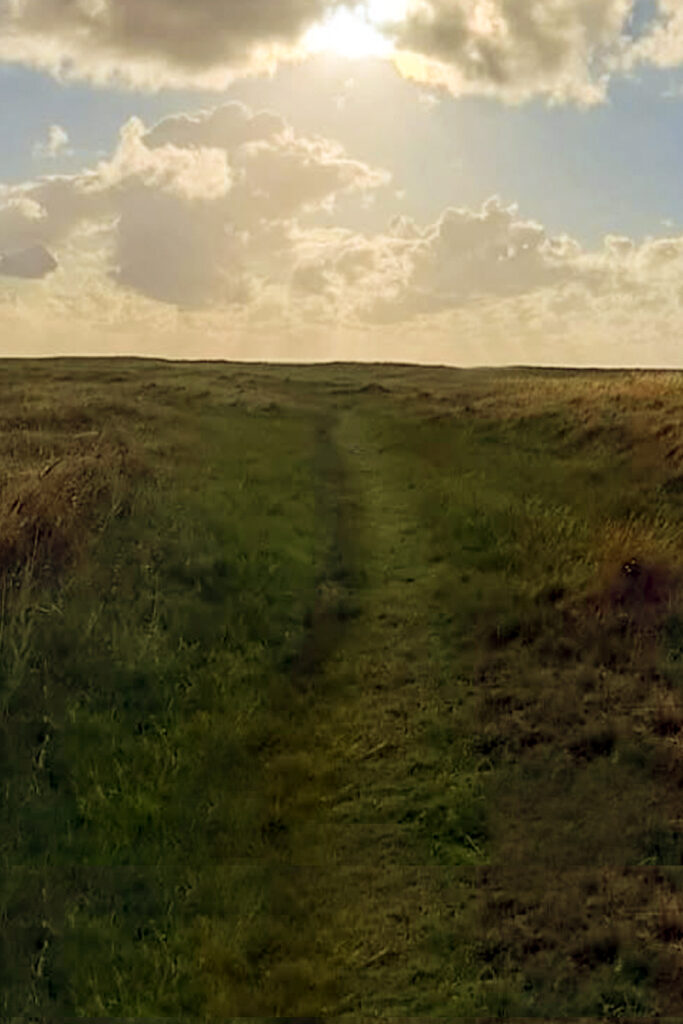
The first new Tailteann Games took place in 1924 in Dublin, drawing thousands of athletes and symbolizing a cultural reawakening. Despite their initial success, the Games waned due to financial difficulties and were eventually cancelled after the government withdrew support in 1932.
In the years that followed, other sports organizations like the Gaelic Athletic Association (GAA) grew to take their place.
Athletic competitions such as wrestling, horse races, and spear throwing, often under the banner of the Tailteann Games, provided both entertainment and a way to showcase skill and valour.
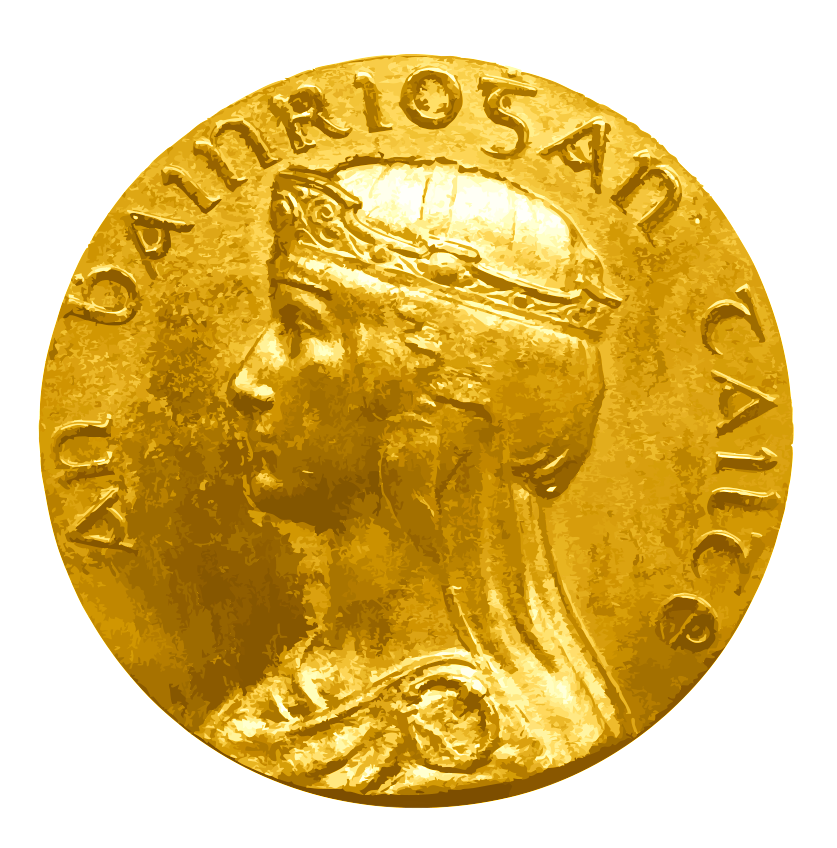
folklore & traditional rituals
Lughnasa was not only a sacred event but also a social and political one. Hilltop sites such as Croagh Patrick and Tailteann hosted gatherings that combined pilgrimage, trade, and communal celebration. People would offer the first grains of harvest, and perform rituals at dawn, including the cutting and sharing of the first sheaf of grain.
Animals (often bulls) were sacrificed as offerings. Afterward, the meat was consumed in a communal feast, and symbolic gestures such as gifting the hide honoured individuals or roles. The festivities included performances, storytelling, and enactments of Lugh's mythical deeds.
Another unique tradition was handfasting, a form of trial marriage. Couples symbolically joined hands through a stone or wooden partition, agreeing to unite for a year and a day. At the end of this period they could part or commit permanently, reinforcing the festival’s emphasis on fertility and social cohesion.
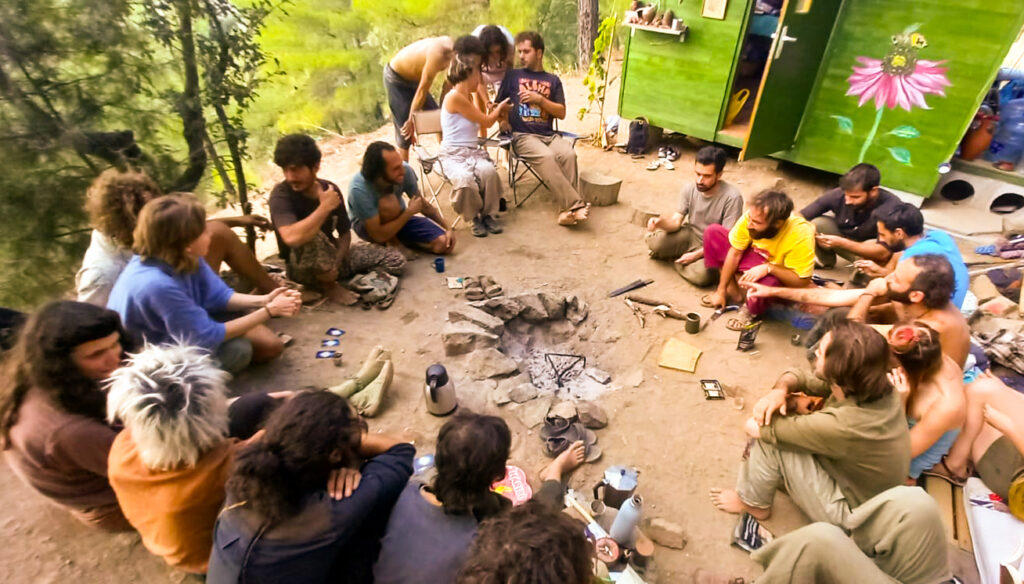
Forgotten to Reborn: Disappearance & Revival
By the 20th century, Lughnasa had largely faded due to urbanization, emigration, and the growing influence of Christianity. As Christianity spread, elements of Lughnasa were absorbed into church rituals. Loaves made from the first harvested grain were blessed during a mass on the first Sunday in August, an occasion renamed Lammas or "loaf mass".
Despite changes the essence of the festival endured. Rural fairs, highland games, and harvest celebrations carried the torch of Lughnasa into new cultural landscapes, even appearing in immigrant communities across Appalachia.
Lughnasa’s legacy echoes in modern Irish culture. The Tailteann Cup, launched in 2022 by the GAA, revives the spirit of its namesake games, offering smaller counties a competitive platform and keeping the memory of ancient traditions alive through sport.
Modern Celebrations
Lughnasa traditions continue in new forms. In Ireland and abroad, summer fairs and folk festivals preserve the spirit of community celebration. In some towns, families still climb hills or pick bilberries on the last weekend of July.
Among the best known folk festivals is the Puck Fair in Killorglin, County Kerry. There, a wild goat (crowned “King Puck”) is honoured during a three day event of music, markets, and revelry. Though now largely symbolic, the goat may once have served as a fertility icon in older rites.
Traditions like horse races on Omey Strand in Galway or eco-festivals in counties like Meath and Donegal preserve a link between land, season, and story.
Activities include nature walks, bonfires, folk storytelling, and craft workshops.
For modern pagans and spiritual communities, Lughnasa is a time to bake bread, prepare altars, and celebrate the “first fruits” of one’s labor. From corn dollies to blueberry recipes, the festival is reimagined in kitchens, classrooms, and gardens, honoring both heritage and the cycles of nature.
Cultural Revival
A cultural revival came with the arts. Brian Friel’s play “Dancing at Lughnasa“, set in 1930s Donegal, portrays five sisters navigating personal and societal constraints. The play captures moments where music and dance reconnect them to their ancestral roots. Its famous line, “Dancing as if language no longer existed”, evokes the primal energy of Lughnasa; the power of embodied memory over repression.
Why Lughnasadh Matters Today
Lughnasa continues to serve as a cultural and ecological touchstone. It invites modern communities, even urban ones, to pause, express gratitude, and recognize our dependence on the earth.
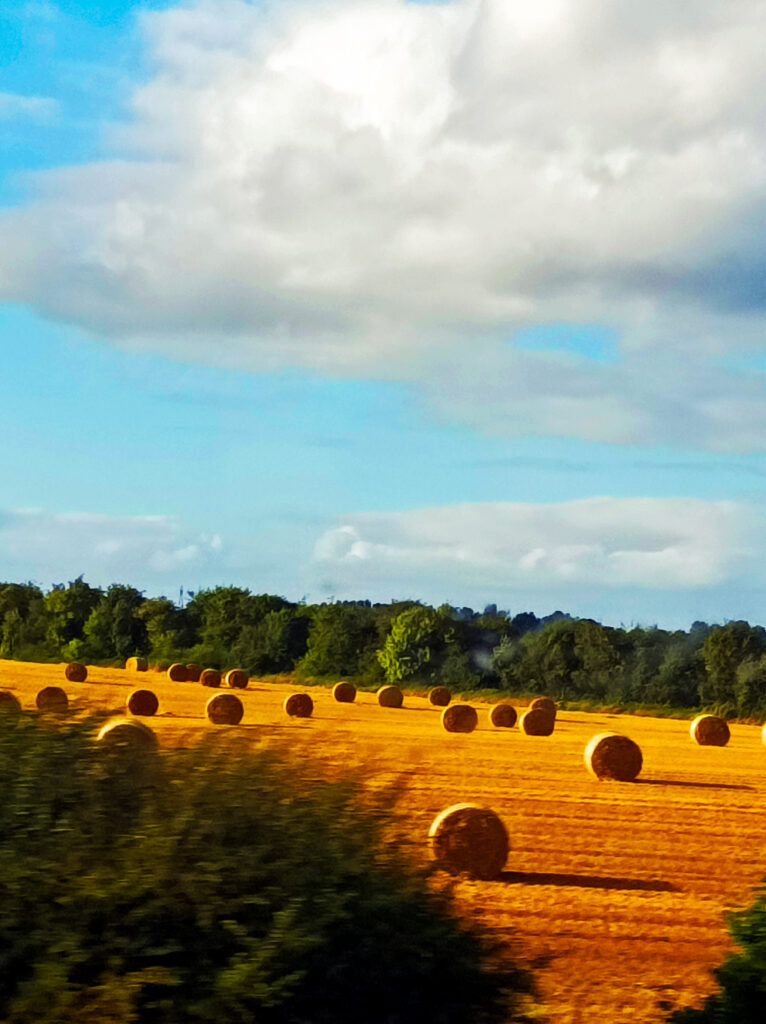
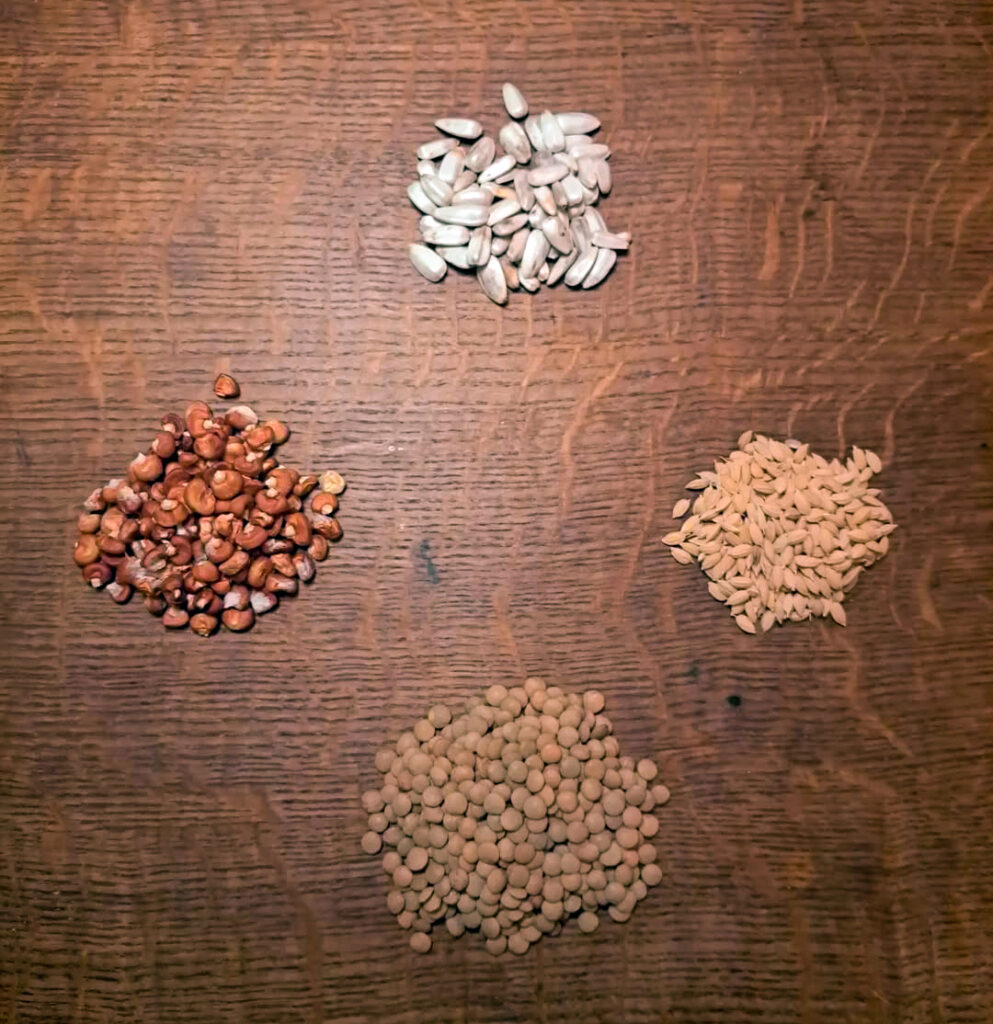
What began as a festival for farmers now resonates as a symbol of sustainability and reconnection. In an age of environmental crisis and social fragmentation, Lughnasa offers a way to strengthen local bonds, revive ancestral practices, and resist hyper-commercialization.
The food we eat, the stories we share, and the rituals we uphold can restore our relationship to nature and to each other; offering not just nourishment, but healing.
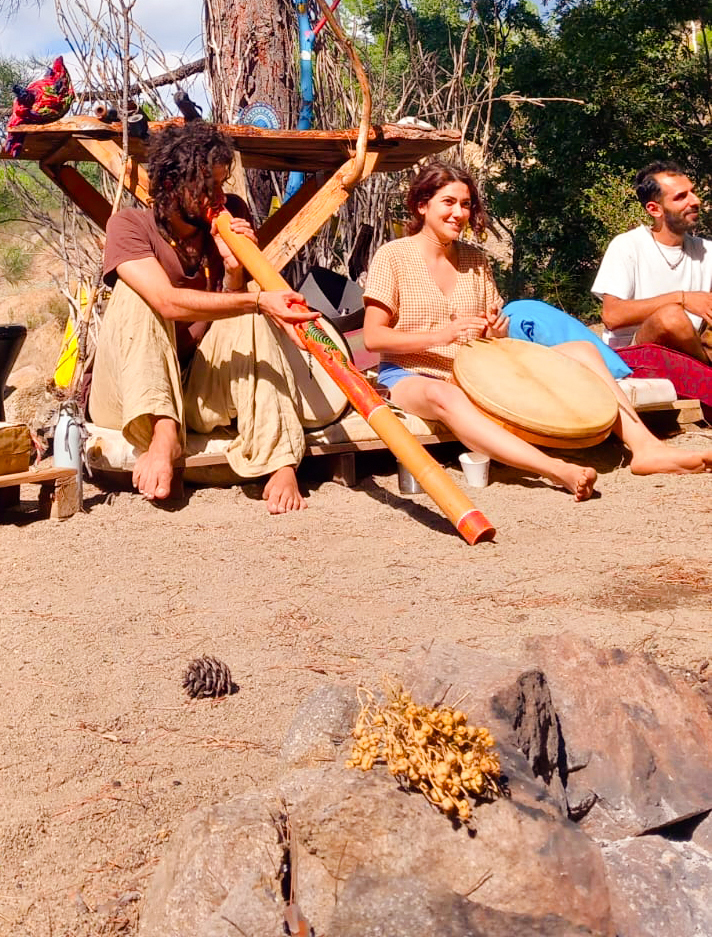
Which symbol is most associated with Lughnasadh?
Pumpkin
Wrong! Pumpkins are from Samhain, the autumn festival.
Candle
Nope. Candles are linked with Imbolc (Brigid’s fire)
Corn Sheaf
Correct! Corn & grain mark the first harvest.
